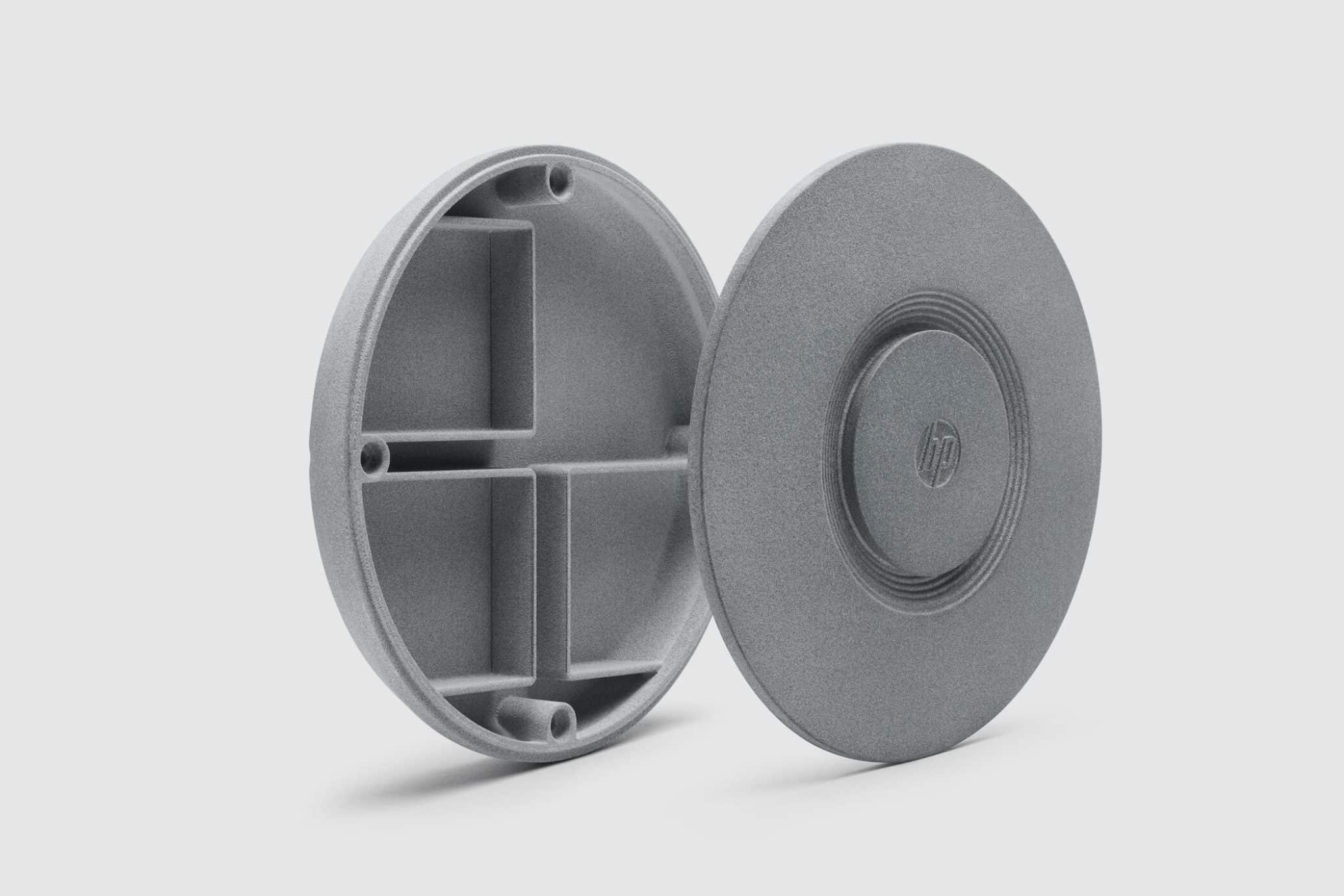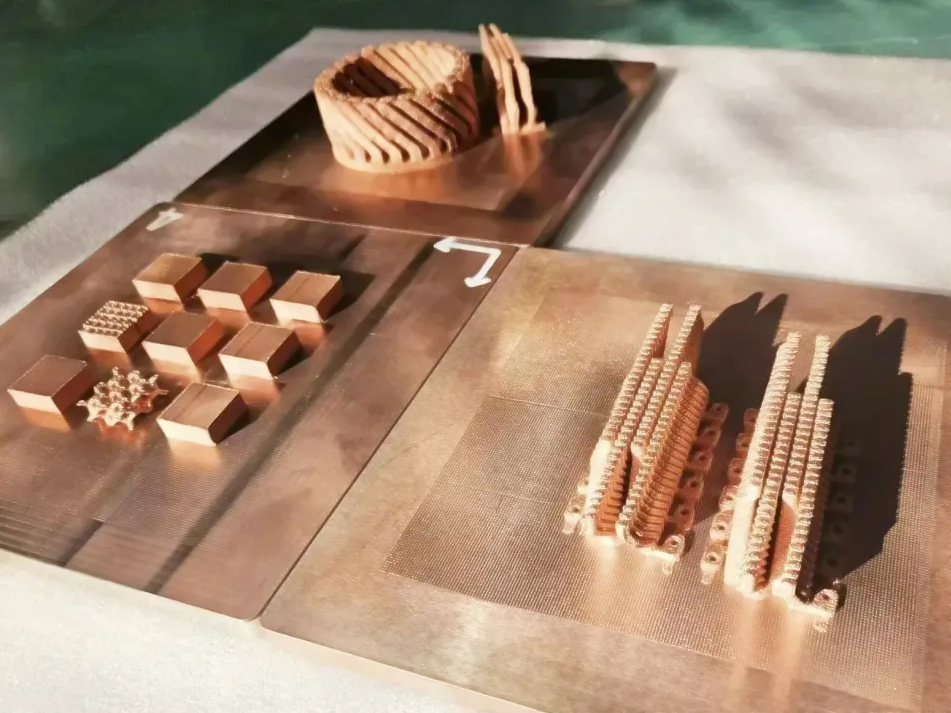What are the main types of plastic used in 3D printing?
What Are the Main Types of Plastic Used in 3D Printing?
1. Polylactic Acid (PLA)
PLA is one of the most widely used thermoplastics in FDM/FFF 3D printing. Derived from renewable resources like corn starch, it offers ease of printing, low warping, and good surface finish.
Key Features:
Low-cost, biodegradable
Ideal for visual prototypes, education, and concept models
Limited heat and mechanical resistance
Applications: Display models, form-fit testing, low-stress consumer parts
2. Acrylonitrile Butadiene Styrene (ABS)
ABS is a durable thermoplastic known for impact resistance and toughness. It requires a heated bed and enclosed chamber due to warping.
Key Features:
High strength and thermal stability
Can be post-processed with vapor smoothing
Emitted fumes require ventilation
Applications: Automotive housings, functional prototypes, enclosures
3. Polyethylene Terephthalate Glycol (PETG)
PETG combines the strength of ABS with the printability of PLA, offering high durability and chemical resistance.
Key Features:
Easy to print with minimal warping
Excellent layer adhesion
Food-safe variants available
Applications: Mechanical parts, bottles, containers, custom jigs
4. Nylon (PA)
Nylon (PA) is a strong, flexible engineering-grade polymer widely used in SLS and MJF 3D printing.
Key Features:
High impact and fatigue resistance
Wear-resistant and low friction
Sensitive to moisture absorption
Applications: Gears, hinges, structural parts, snap-fit components
5. Polycarbonate (PC)
Polycarbonate (PC) is known for high heat resistance and strength, but it requires high extrusion temperatures and precise environmental control.
Key Features:
Stronger than ABS and PETG
Excellent dimensional stability
Sensitive to humidity
Applications: Tooling, light diffusers, machine parts
6. Thermoplastic Polyurethane (TPU)
TPU is a flexible material with rubber-like properties, used in wearables and soft-touch applications.
Key Features:
High elasticity and impact absorption
Good chemical and abrasion resistance
Requires slower print speeds
Applications: Seals, gaskets, insoles, shock-absorbing parts
7. Polyether Ether Ketone (PEEK)
PEEK is a high-performance thermoplastic used in demanding applications where strength, heat resistance, and chemical stability are critical.
Key Features:
Withstands temperatures >250°C
Biocompatible and sterilizable
Requires specialized high-temp printers
Applications: Medical implants, aerospace parts, industrial components
8. Polymethyl Methacrylate (PMMA)
PMMA, or acrylic, is used when optical clarity and rigidity are needed.
Key Features:
Transparent and UV-resistant
Good aesthetic quality
Brittle under impact
Applications: Light covers, signage, display elements
Recommended Plastic 3D Printing Services
Neway offers full-service Plastic 3D Printing solutions:
PLA, ABS, PETG: For FDM low-cost prototyping
Nylon (PA), TPU: For functional components
PC, PEEK: For high-performance industrial parts
PMMA, ASA: For outdoor and optical applications



